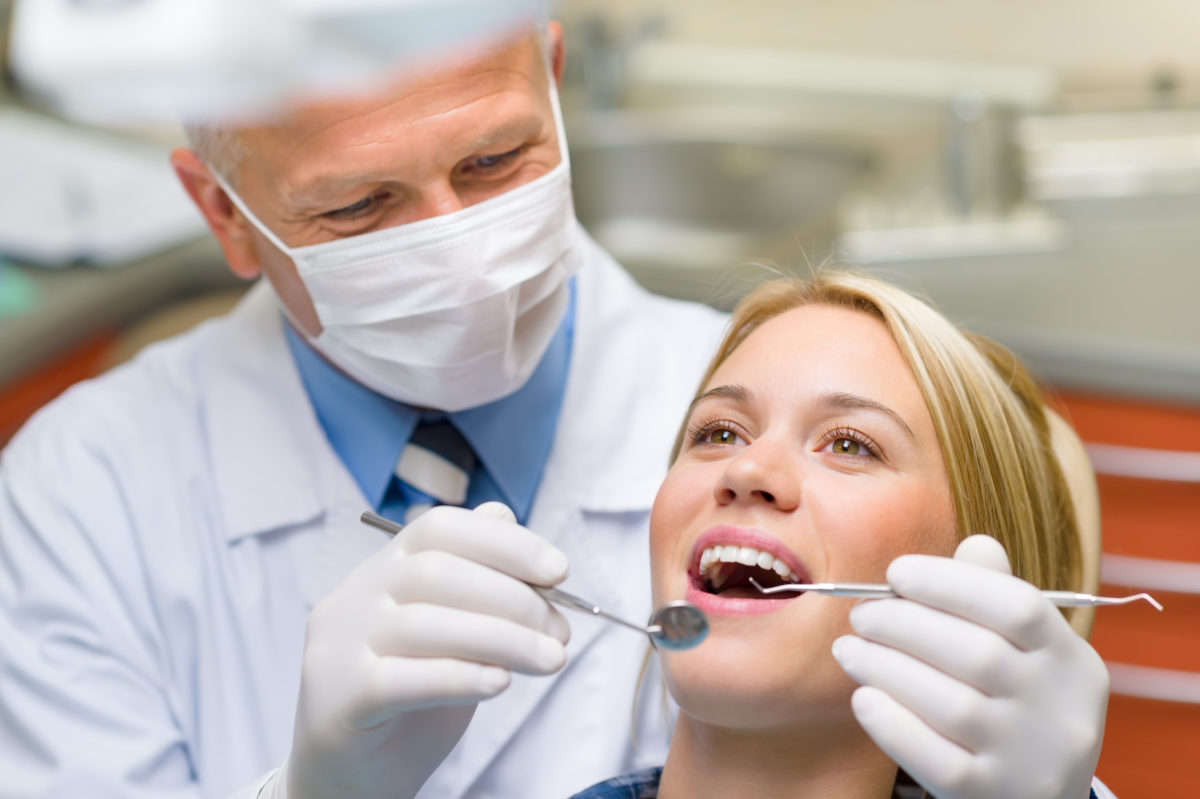Legacy Orthodontics Can Be Fun For Anyone
Table of ContentsThe 6-Second Trick For Legacy OrthodonticsExcitement About Legacy OrthodonticsThe 6-Minute Rule for Legacy OrthodonticsLegacy Orthodontics Can Be Fun For EveryoneFacts About Legacy Orthodontics Uncovered
In addition, we provide adjustable therapy schedules, flexible payment alternatives and an enjoyable, delightful experience.An orthodontist is a dental professional trained to diagnose, protect against, and deal with teeth and jaw abnormalities. They correct existing problems and are educated to determine troubles that might create in the future. Orthodontists collaborate with people of every ages, from children to adults. People commonly link an excellent smile with health.
Malocclusion, or misaligned teeth, can lead to dental issues, consisting of tooth degeneration, periodontal illness, and hard or excruciating chewing. Not everyone is birthed with straight teeth. If you have a poor bite or large areas between your teeth, you may desire to get in touch with a dentist concentrating on orthodontic care.
The Single Strategy To Use For Legacy Orthodontics
( Picture Credit Scores: DigitalVision/Getty Images) Orthodontists make use of repaired and detachable oral devices, like braces, retainers, and bands, to alter the setting of teeth in your mouth. Orthodontic therapy is for dental abnormalities, including: Uneven teethBite issues, like an overbite or an underbiteCrowded teeth or teeth that are also far apartJaw misalignmentThe objective of orthodontic treatment is to enhance your bite.
While you could believe of orthodontists as generally for kids or young adults who require braces, they can remedy oral problems at any type of age. Orthodontists participate in university, dental institution, and orthodontic college.
, but not all dental practitioners are orthodontists. They concentrate on 2 locations: Exactly how to appropriately and safely move teeth How to correctly direct development in the teeth, jaw, and faceOnce an orthodontist has completed training, they have the choice to end up being board accredited.
The smart Trick of Legacy Orthodontics That Nobody is Discussing
Misalignment, or malocclusion, is the most usual reason people see an orthodontist. It is hereditary and is the result of dimension differences between the top and lower jaw or in between the jaw and teeth. Malocclusion leads to tooth congestion, an irregular jaw, or uneven bite patterns. Malocclusion is usually treated with: Your orthodontist connects steel, ceramic, or plastic square bonds to your teeth.
Some people need a headgear to assist relocate teeth right into line with stress from outside the mouth. A retainer is a custom device that keeps your teeth in place.
They're frequently used on children. They can produce additional space in the mouth without having to pull teeth. If you have a major underbite or overbite, you may require orthognathic surgery (also called orthodontic surgical treatment) to lengthen or shorten your jaw. Orthodontists make use of wires, medical screws, or plates to sustain your jaw bone.
You might need to see an orthodontist if reference you have: Crowding or not enough room for every one of your teethOverbite, when your top teeth come over your bottom teethUnderbite, when your base teeth are too far forwardSpacing or problems with gapsCrossbite, which is when your upper teeth fit behind your bottom teeth when your mouth is closedOpen bite or a vertical void in between your front base and top teethMisplaced midline, when the center of your bottom and upper teeth don't line up Dealing with an oral malocclusion can: Make biting, eating, and talking easierImprove the symmetry of our face and your total appearanceEase pain from temporomandibular joint disordersDifferent your teeth and make them easier to clean, helping prevent dental caries or cavities It's frequently a dental expert who initially notifications misaligned teeth during a routine exam.
Not known Facts About Legacy Orthodontics

Throughout your initial orthodontic assessment, you'll likely have: A dental examPhotos taken of your face and smileDental X-raysPanoramic (360 level) X-rays of your face and headImpressions to create mold and mildews of your teethThese tests will aid your orthodontist know just how to continue with your treatment. invisalign. An orthodontist is a dental expert who's had training to treat your teeth and jaw
Orthodontists might do surgical procedure, exams,X-rays,and more to aid you obtain a more comfy, healthier smile. An orthodontist is concentrated on your bite, so something like a damaged tooth would be taken care of by a dental expert. Orthodontists are dental experts but not all dental practitioners are orthodontists. Orthodontists are concentrated on your bite, or the means your teeth fit together, and the straightness of your teeth.
Ever questioned just how celebs constantly appear to have flawlessly lined up teeth? The response typically hinges on the experienced hands of an orthodontist. However what precisely does an orthodontist do? Orthodontists are dental specialists who concentrate on remedying abnormalities in the teeth and jaws. Their knowledge surpasses just producing a beautiful smile; it reaches improving your total dental health and feature.
Legacy Orthodontics Can Be Fun For Anyone

, orthodontists have a diverse toolkit at their disposal. These tried-and-true dental braces utilize a system of brackets bound to the teeth and attached by wires.
Clear aligners, like Invisalign, are a preferred alternative for individuals looking for a more very discreet therapy alternative. These removable trays are customized to gradually change the teeth's setting. Headwear might be used along with dental braces or aligners to apply additional targeted forces, specifically for correcting jaw inconsistencies. In instances of slim jaws, palatal expanders can be used to create room for appropriate tooth placement.